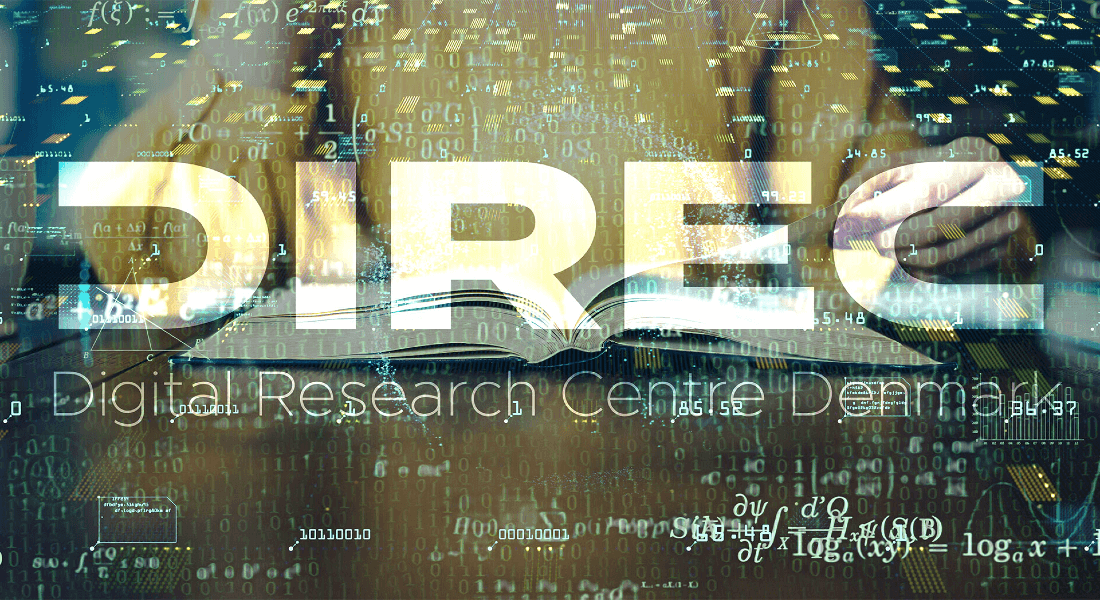Thomas Hildebrandt will present the theory and tools of Dynamic Condition Response (DCR) Graph and give concrete examples of the modelling of legal regulations, rules and processes. The theory and tools are the results of more than 15 years of research and development jointly with industry and public organizations culminating in the establishment of the company DCRSolutions.net in 2018 providing industrial-strength tools for design, analysis and execution of decision and process models, which has so far been embedded in the widely used WorkZone enterprise information management system from KMD/NEC as well as open-source case management systems used in municipalities in Denmark.
The talk will conclude with directions for current and future research, including the relation between explainable AI and DCR graphs and the award-winning process mining based on DCR Graphs and how to represent more general knowledge of organisations which is currently peaking several of Gartner’s hype curves (e.g. Emergent Technologies and Government Technologies and AI) under the terms like Human-centered AI, knowledge graphs, decision intelligence and Digital twins of Government.
About the speaker
 Thomas Hildebrandt is professor in software engineering and Head of Software, Data, People & Society research section at University of Copenhagen. With a background in formal process models he has in more than 10 years been leading inter-disciplinary research and innovation projects with focus on methods and technologies for developing reliable and flexible software systems suited for the people who use them, including digitalisation of law, workflows and business processes information systems.
Thomas Hildebrandt is professor in software engineering and Head of Software, Data, People & Society research section at University of Copenhagen. With a background in formal process models he has in more than 10 years been leading inter-disciplinary research and innovation projects with focus on methods and technologies for developing reliable and flexible software systems suited for the people who use them, including digitalisation of law, workflows and business processes information systems.


 Thomas Hildebrandt is professor in software engineering and Head of Software, Data, People & Society research section at University of Copenhagen. With a background in formal process models he has in more than 10 years been leading inter-disciplinary research and innovation projects with focus on methods and technologies for developing reliable and flexible software systems suited for the people who use them, including digitalisation of law, workflows and business processes information systems.
Thomas Hildebrandt is professor in software engineering and Head of Software, Data, People & Society research section at University of Copenhagen. With a background in formal process models he has in more than 10 years been leading inter-disciplinary research and innovation projects with focus on methods and technologies for developing reliable and flexible software systems suited for the people who use them, including digitalisation of law, workflows and business processes information systems.